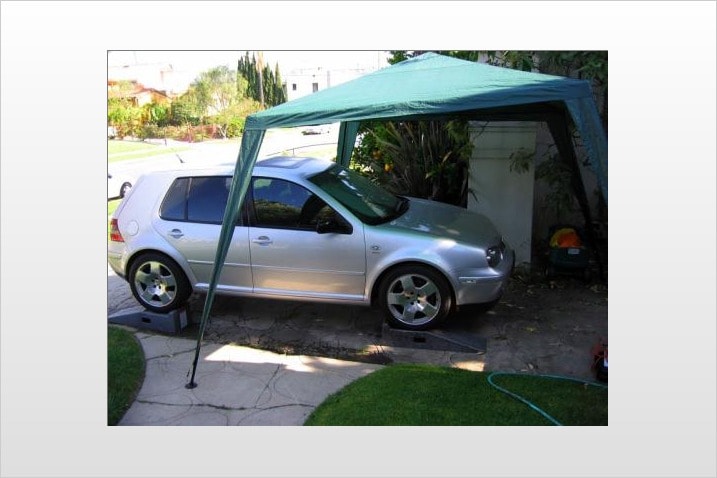Waste Vegetable Oil (WVO)
WVO is exactly what it sounds like: vegetable oil that has been used by a restaurant for deep frying and is ready to be discarded. The oil can be picked up (with permission of course), filtered to remove sediment and water, and used as fuel. A cleaner version of this is Straight Vegetable Oil (SVO), which is pure vegetable oil that has been purchased (clean and unused) and does not need any filtering (a bit less messy of course, but tougher on the ol' change purse as it's not free). With the exception of the need to filter WVO, the two are essentially the same.
While biodiesel and WVO have their differences, they can both be made domestically, are renewable and sustainable, add very little net CO2 to the atmosphere and, in almost every way, burn cleaner than diesel fuel. In addition, I've found that neither alternative fuel affects my diesel's relatively high mpg (I average around 40 — unless of course my wife has been driving my car).
To run biodiesel (or B100, as pure biodiesel is called), you simply put it in your diesel tank and away you go (not quite as sexy as I'd like it to sound, but hey, it's the truth). The only modifications that may be necessary are that some older diesels (generally pre-1995, but check your specific make to be sure) will need new biodiesel-rated fuel lines over time.
WVO requires a bit more work. Most folks will speak of "converting" a diesel vehicle to run on vegetable oil but in reality a better description would be "upgrading" it, as you are essentially adding a bunch of stuff that will heat, thin and filter the WVO before it hits the engine. The engine itself is left untouched. Back in the days of Dr. D, engines were much less sophisticated, requiring no modification, but with today's injection engines, cars cannot be started and stopped on WVO.
After a WVO conversion, you start your car on diesel (or better yet, biodiesel), and run it until the engine is nice and hot. At around 180 degrees (many cars have a temperature gauge, but one can be added), you hit a switch, which changes the fuel supply to vegetable oil. Then you drive around for awhile and wonder why you have the munchies all the time. (Yes, it can smell like french fries, tempura, or whatever was fried in the oil...I'd stay away from the fish restaurants if you can.) Just before shutting down, hit the switch again and the fuel supply returns to (bio)diesel, flushing out the combustion chambers and cleaning out any remaining WVO.
Simple, right?
Actually it is, but of course modifying your diesel to run on WVO is another story.
